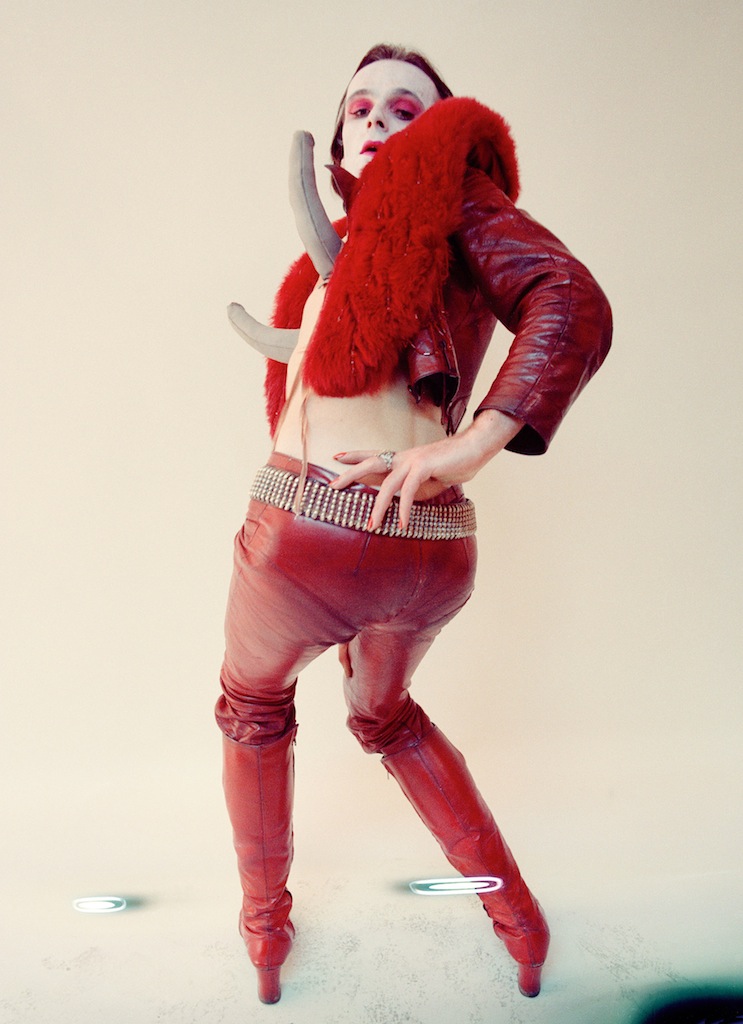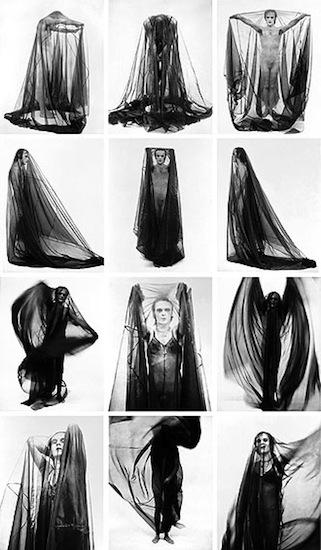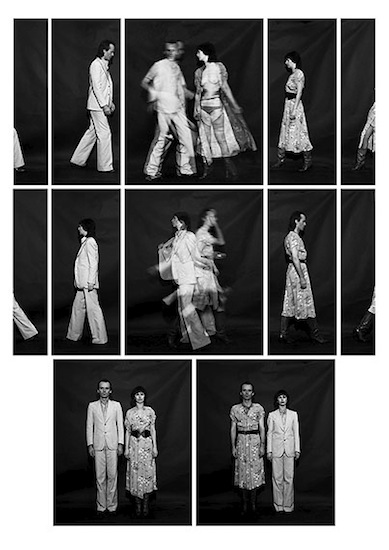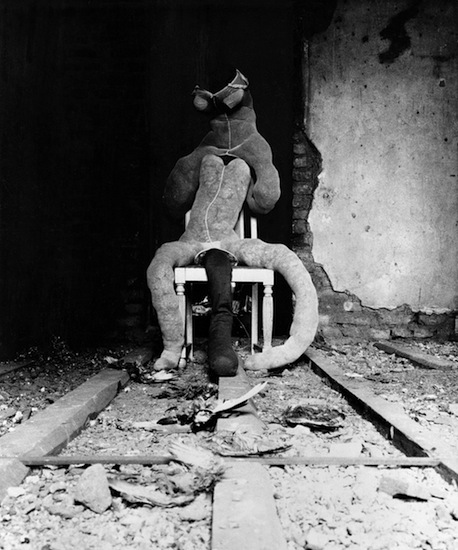
Vignette © Jürgen Klauke, “Transformer”
Galerie Anita Beckers Braubachstrasse 9 60311 Frankfurt / Main Allemagne
Jürgen Klauke is a key figure in art today and for some time many of his creations have constituted part of the most widely known repertoire of contemporary art, where he has exerted a huge influence over the last thirty years. His work, permanently fluctuating between extreme attraction and rejection, arouses both fascination and irritation. Klauke was among the first artists to avail themselves of photography as an instrument for artistic expression. Few people have explored as coherently, as keenly and with such versatility the possibilities and limits of the medium, opening it to as yet uncharted terrain. His work has quite explicitly stressed gender difference, radically pinpointing the identity problem through images that are sometimes highly provocative.
Concurrently with Robert Morris and Bruce Nauman, and before Cindy Sherman, he proposed the human body as the specific medium for artistic ideas, utilizing it as an object and vehicle for his work. But he also introduced visual modes and methods of representation which were completely unheard of when they were first applied, employing narrative patterns from film sequences and, above all, tableaux, consisting of independent images that lent themselves to “readings” in any direction, both formally and in their content.

© Jürgen Klauke, "Verschleierungen“
Eventually he also pioneered large format photography, and materialized his artistic concerns in series of large images, while most artists were still applying conventional photographic practices. Nevertheless, his artistic production, constantly subject to interruptions and new formulations, never served the horizon of expectations of mainstream art—his pieces, comprised of voluminous collections of images, cut right across current art trends. His early works consciously smashed social taboos and their effect was to subvert and disturb, while his later creations were underpinned by a stubborn refusal to compete within the contemporary art field, and an unwillingness to be absorbed by any of the dominant trends.
Obstinate and bothersome, his work jars like an erratic block within the commercialized art industry, yet it exudes a vibrant and voluptuous power that imperceptibly captivates those who contemplate the cycles of images. That is why it is hard to label Jürgen Klauke in terms of the usual terminology of art criticism. His images and photographic series do not fit into any of the established categories, they fly in the face of expected thinking; and, precisely because he is an innovative artist, careful analysis is required to do justice to the challenge posed by his work.
The problem already starts at the production process. Although he draws and paints, he is not a painter—and he is quite evidently not a photographer at all. Nonetheless, the most significant body of his work consists of photographic sets. He conceives, develops and executes the subject matter himself at a practical level, only to then take over as director of the visual production of his concept and finally (at least until recently) transform himself into an actor on the set.

© Jürgen Klauke, "Rein-Raus“
In his working method he might be compared to great film creators such as Buster Keaton, Claude Chabrol or David Lynch. In fact, before his team steps into the studio to bring the artist’s vision into being, there is a painstaking casting process. And there is another affinity with the cinema: the central figure embodied by the artist—a character who initially wore exotic outlandish outfits and from the mid-1970s sported immaculate and somewhat pretentious black suits—whilst undeniably connected somehow with Jürgen Klauke, is not identical to the man himself. It would be an absolute mistake to take his work as a kind of self-portrait. At a push, the earliest series and sequences contain some element of that. Yet they are actually condensed social pictures, incorporating reflections of the other, and, by the same token, of the gaze that takes them in. More exactly, they are images of social and psychological distortions and syndromes, sometimes carried to the point of the grotesque, or slyly accentuated.
In his art, Jürgen Klauke makes us recall the elemental: the short circuits and sputter of human communication; the increasing loss of any meaning to life; the paralyzing tedium and vacuum of an unfulfilled existence; not forgetting the insidious threats to physical and mental identity inherent in the subtle violence of the media, coupled with the gradual technification of all spheres of life, including the territory of the human body. When at times the artist’s irony curbs the thrust of this approach, his testimony comes more from desperation than from alienation, and the response he elicits from the spectator is not the smile of liberation, but sudden self understanding and knowledge. In the “other” of Jürgen Klauke's artistic work you encounter your own self.
Klaus Honnef

© Jürgen Klauke, "Boddies"

